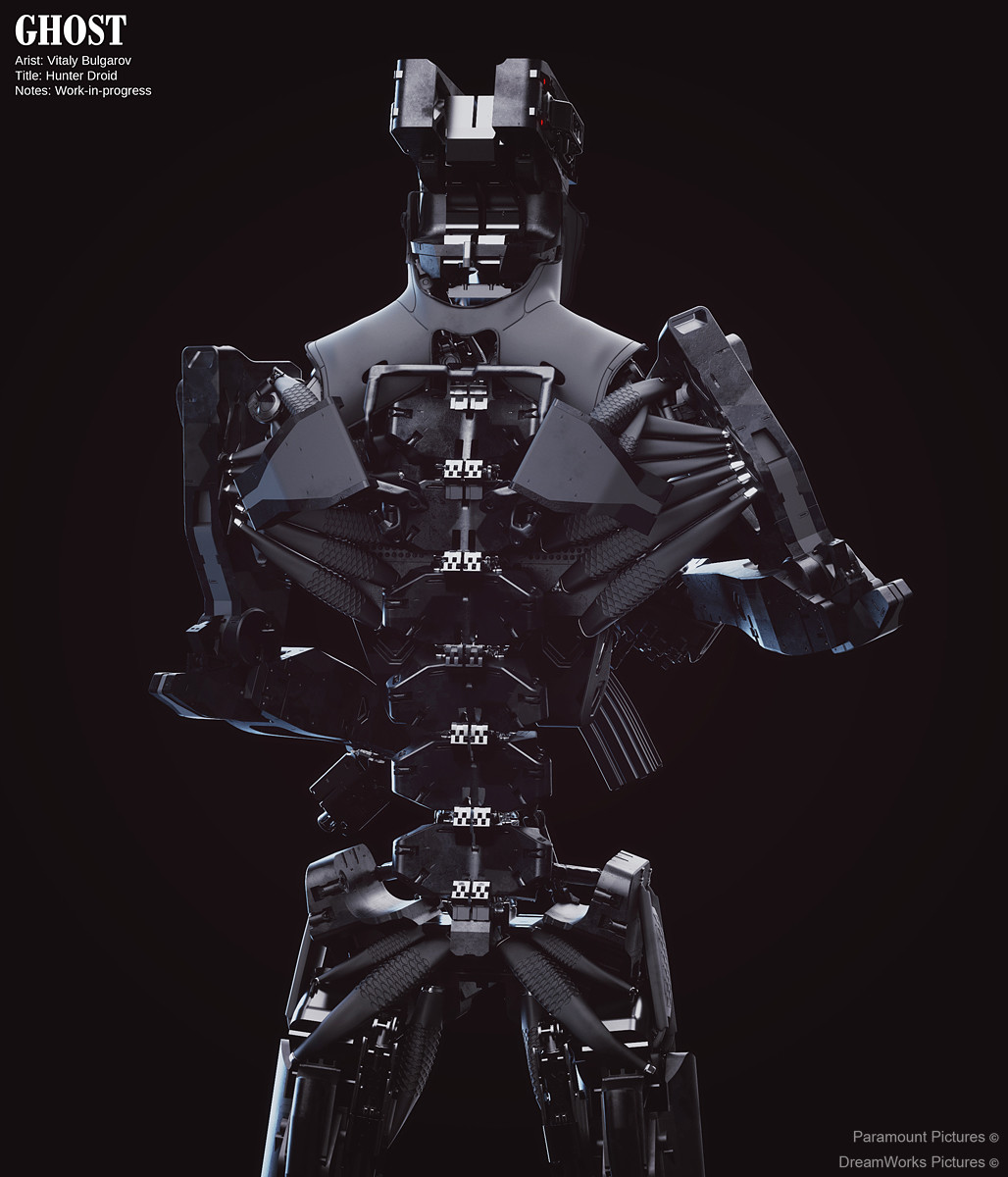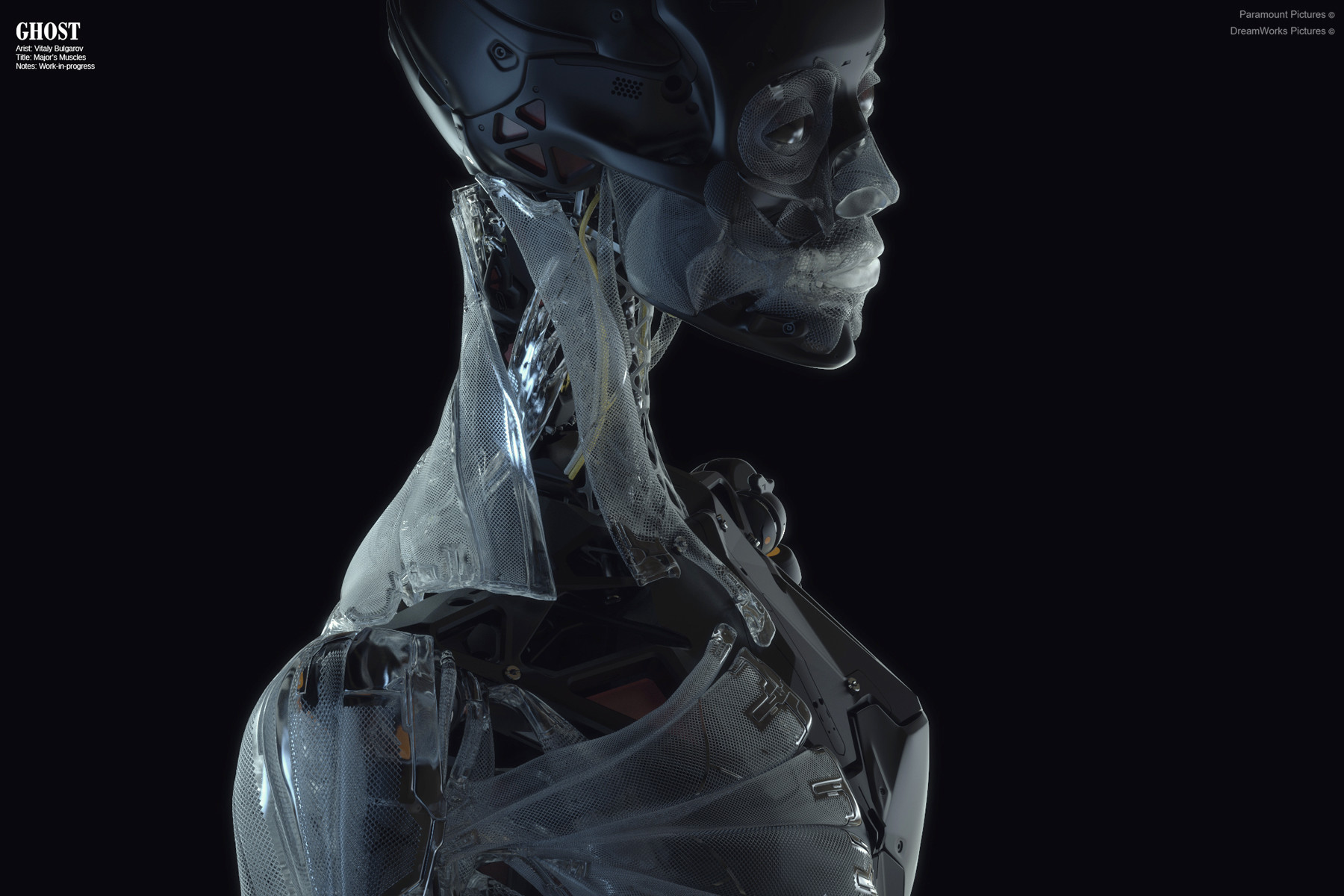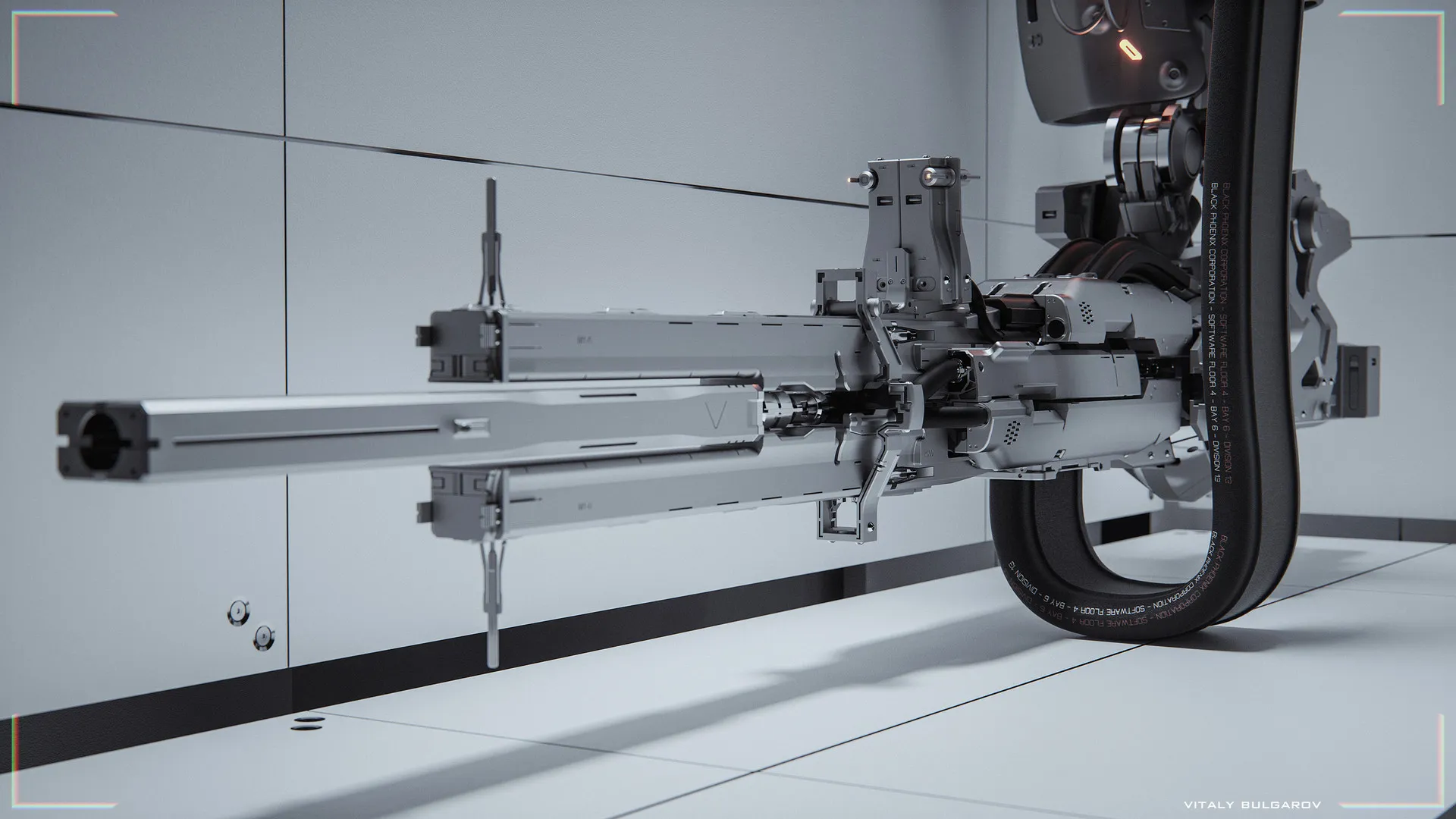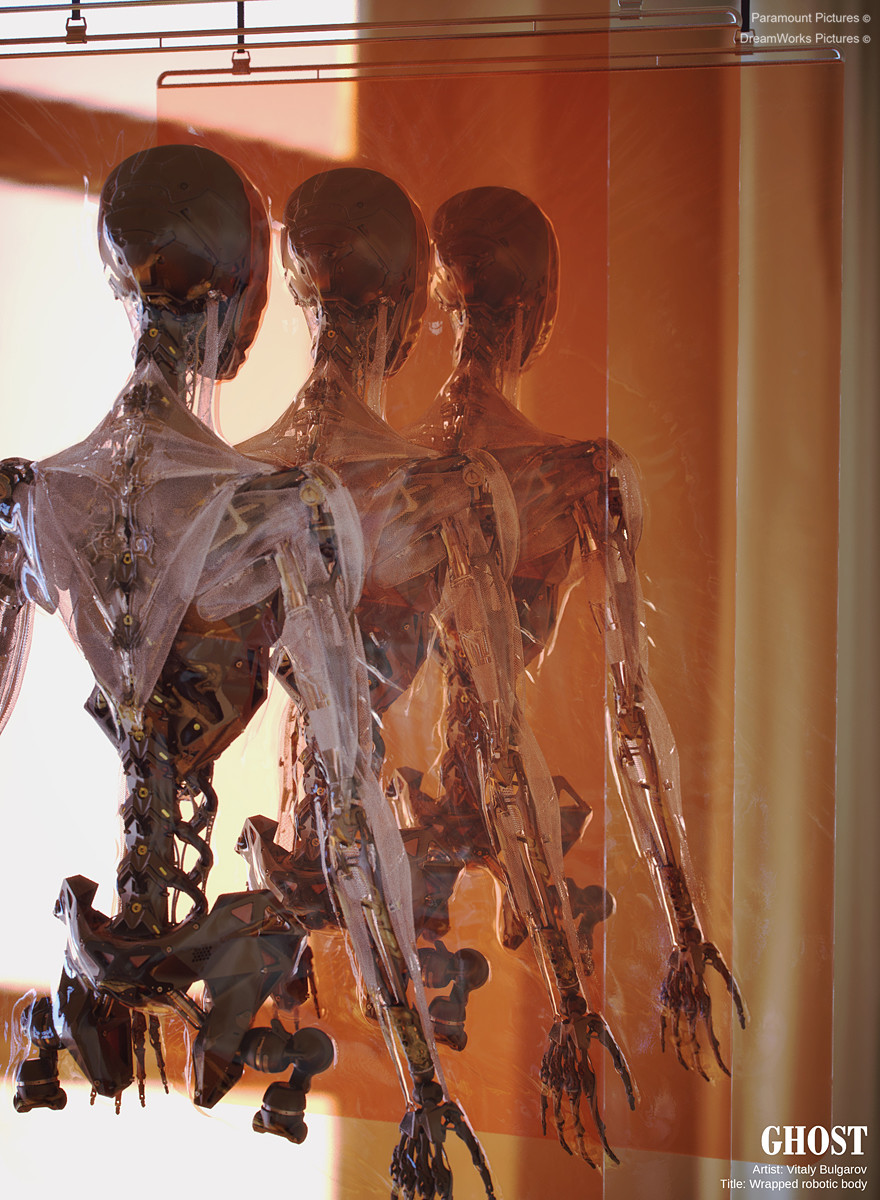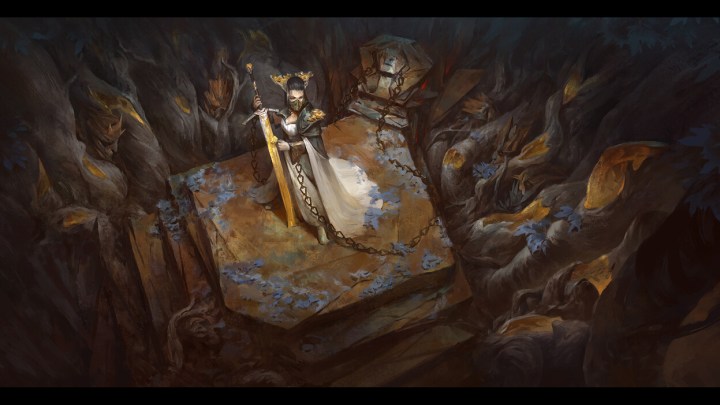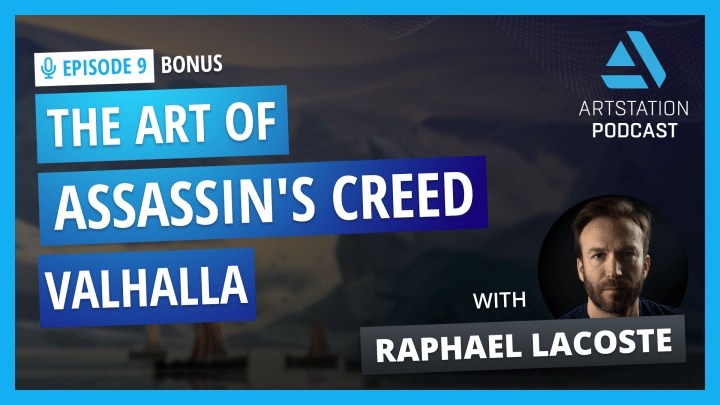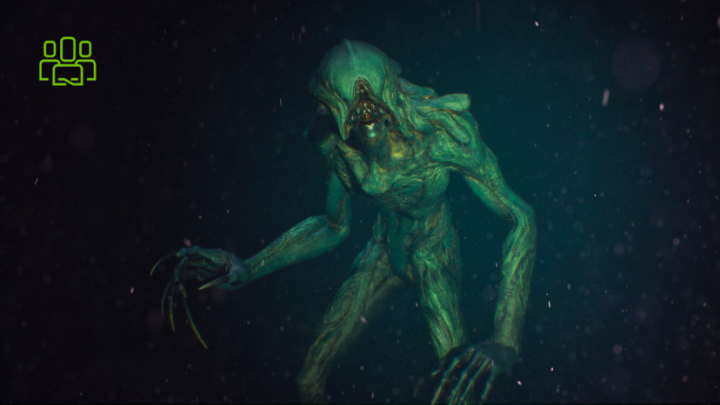ArtStation Masterclass Instructor Spotlight Interview: Vitaly Bulgarov

If you’re looking for a chance to improve your art skills and learn some cool tricks from some f the industry’s top artists, there’s no better opportunity than the upcoming ArtStation Masterclasses! From wherever you are in the world, you’ll be able to access over 20 hours of lecture material and participate in a 2 week Q&A and forum with other fellow artists. The event is open to beginners or pro artists alike but early bird tickets are available only until February 28.
This week’s Masterclass Instructor Spotlight interview is with Vitaly Bulgarov – what can’t he do? He’s worked as a 3D character modeler for video games and game cinematics at Blizzard for Starcraft 2, Diablo 3 and the World of Warcraft Franchise. As a concept designer for films, he’s created robotic designs for projects including Transformers: Age of Extinction, RoboCop (2014), Terminator: Genisys, Ghost in the Shell, and the upcoming Alita: Battle Angel (2018). He has even designed surgical robots at Intuitive Surgical and currently works at Hankook Mirae Technology, the company currently developing a new humanoid and a quadruped robot.
Read on for more info on his course, work and experiences.
Masterclass: Robotic 3D Design for Entertainment
In his course, Vitaly will be focusing on demonstrating and explaining his approach and techniques for creating a solid “1st Pass” 3D Design of a robotic character for a film or a video game project. 1st pass design phase is considered one of the most challenging and critical stages of a 3D design creation process. “Challenging” because fast turnarounds and yet with high quality are usually expected by the clients at the beginning of a project when there is still room for exploration and therefore this stage demands an array of skills throughout several software packages and clarity of design thinking of a task at hand. “Critical” because a properly done and a successful 1st pass design creates a definite visual target for the project early on and lays the foundation for the future iterative work on the more refined/final design version as well reduces overall cost and saves time of the asset production for the entire team while not compromising the quality.
What’s one valuable technique or trick students will learn in your course?
I’ll be showing multiple tricks I use for modeling and 3D design process, but one most valuable technique however would be the combination of the overall approach/philosophy towards design+modelling economy plus emphasis on optimizing the workflow(hotkeys and knowing your tool). The main idea behind it is to develop the clarity on what will and what won’t be shown in the final renders and then double down your efforts on that knowing ahead of time how you will be doing it. While still establishing some of the underlying structure of the robotic character design, since the the focus of this master-class is “a solid 1st pass 3D design”
I’ll demonstrate how making a decision not to worry yet about back view ( or other parts of the character that won’t be seen) for this stage allows us more time to focus on achieving a semi-refined pass on what will be actually seen on your first renders. The idea is that for this phase my goal is to keep a more “final image mind-set” rather than trying to do both: fully resolve the concept and also create a refined 3d model. This approach allows to put the extra details where they really matter. All that is in order to make a better first impression as well as answer more questions about the design such as what are the proposed main elements, flavor &style, materials, etc. whenever you show your concept for the first time.
Tell us about one of your most challenging projects.
One of my most challenging projects was creating the body for Major in Ghost In The Shell film because I had to design the robotic skeleton with the layers of cybernetic muscles on top as well as skin shells layer in 3D using pretty much every modelling tool I had my disposal: Zbrush for organic shapes sculpting, Softimage XSI for SUBD modeling and Moi3D for hard mechanical CAD parts. There is a bit more information on the project here.
What’s one important design or image that inspired you?
10 days of Mech back in 2012 was both an extremely difficult and a very memorable learning experience for me. The main principles of design/modelling economy plus emphasis on optimizing the workflow that I’ll be demonstrating (albeit in a more refined version) in the upcoming master-class were internalized during those 10 days as the only way I could find how to deliver designs on time without sacrificing quality. That includes the decision making process, planning as well as prioritizing design elements. The idea behind that approach is not that you have to do everything fast, but to do the best you can in time available to you.
Find out more about ArtStation MasterClasses.
Follow Vitaly on ArtStation.
